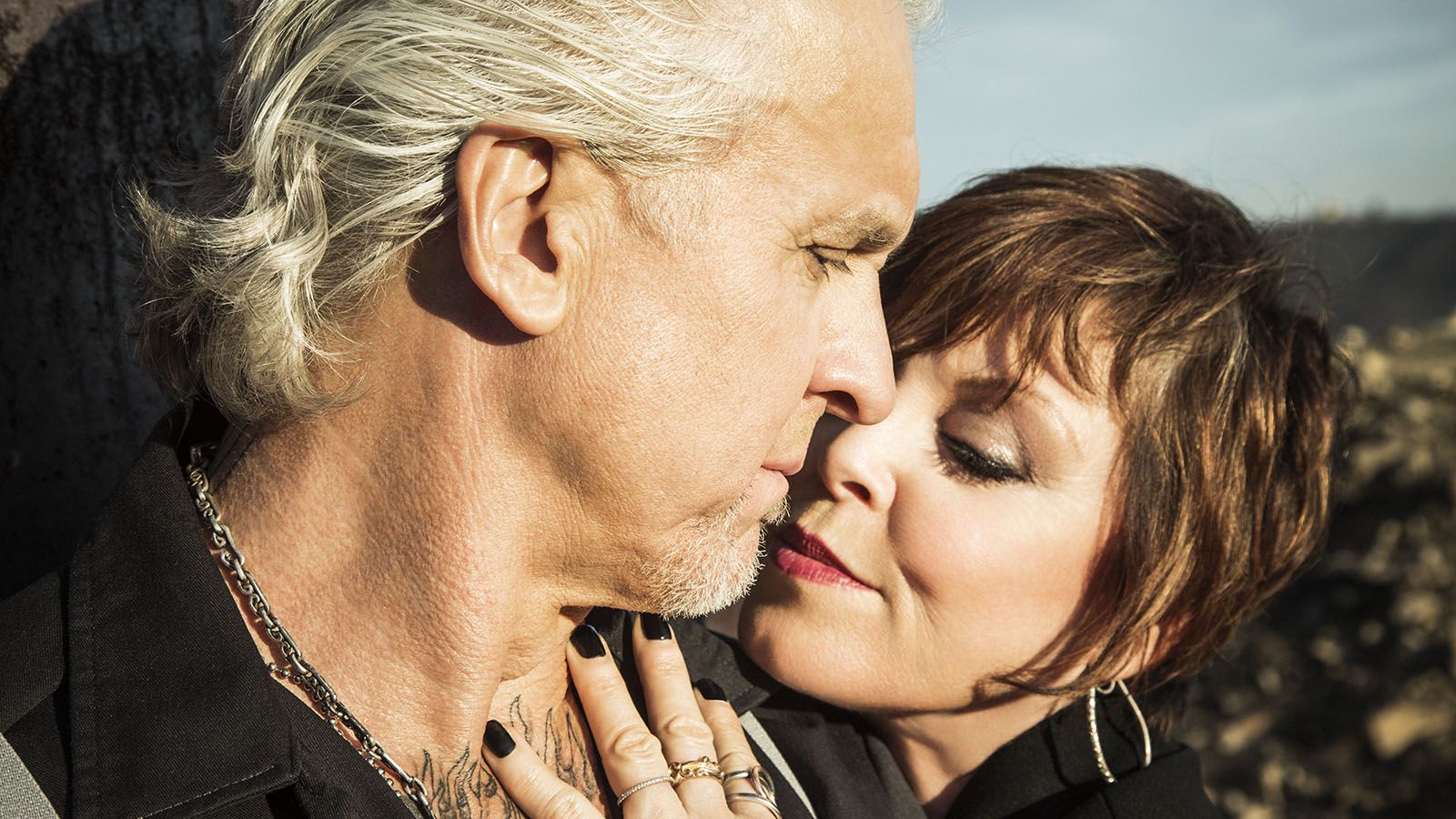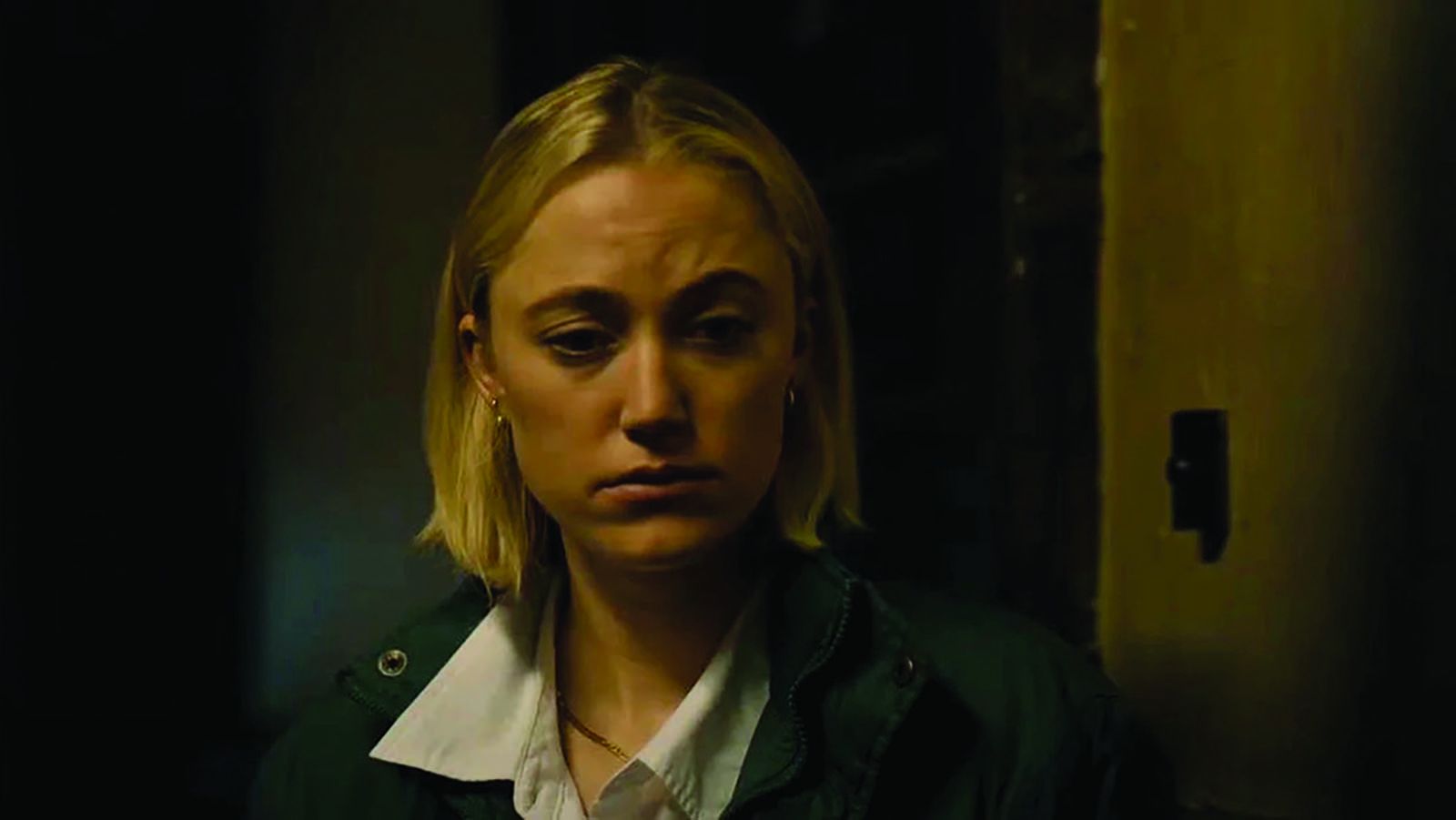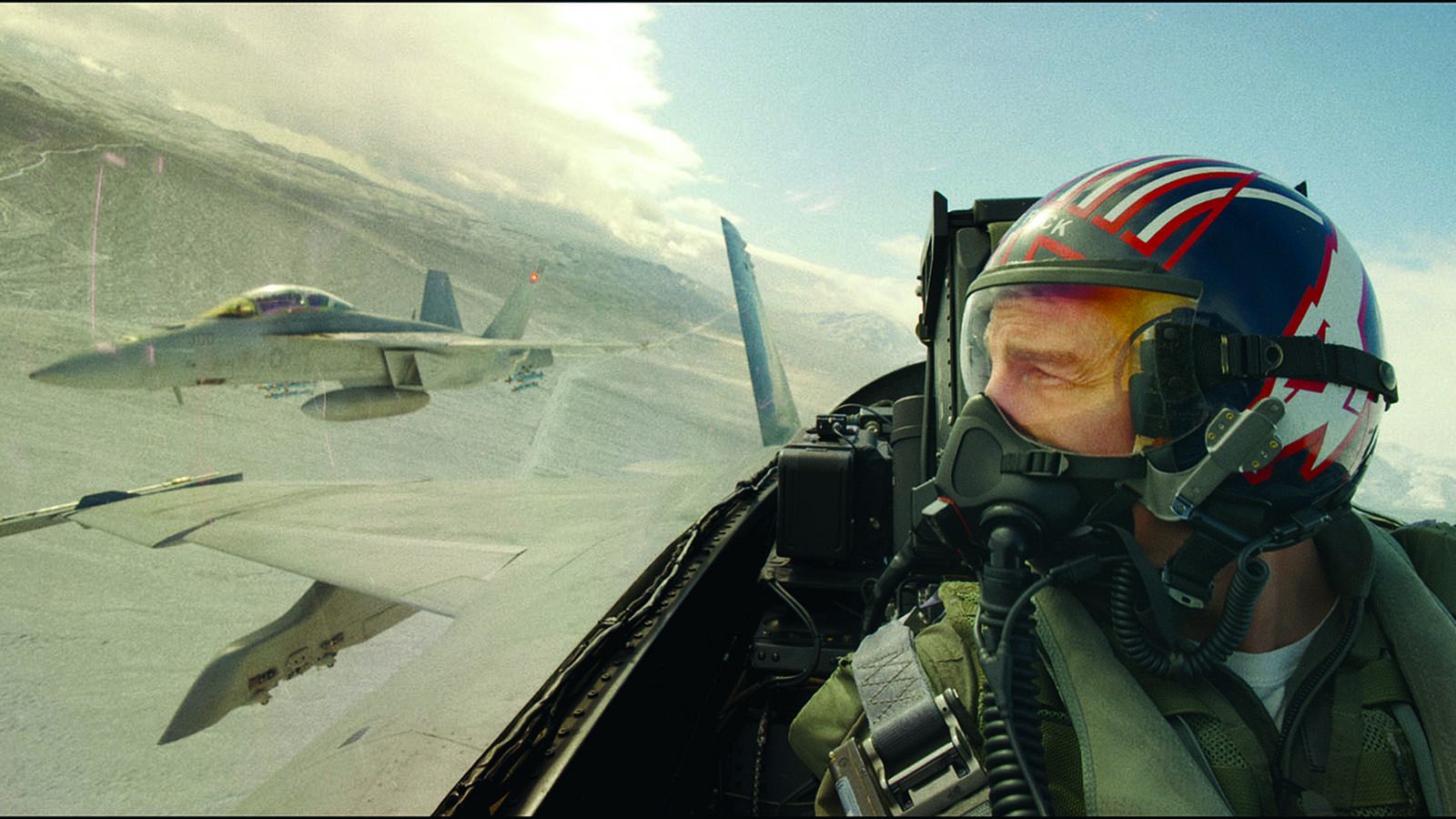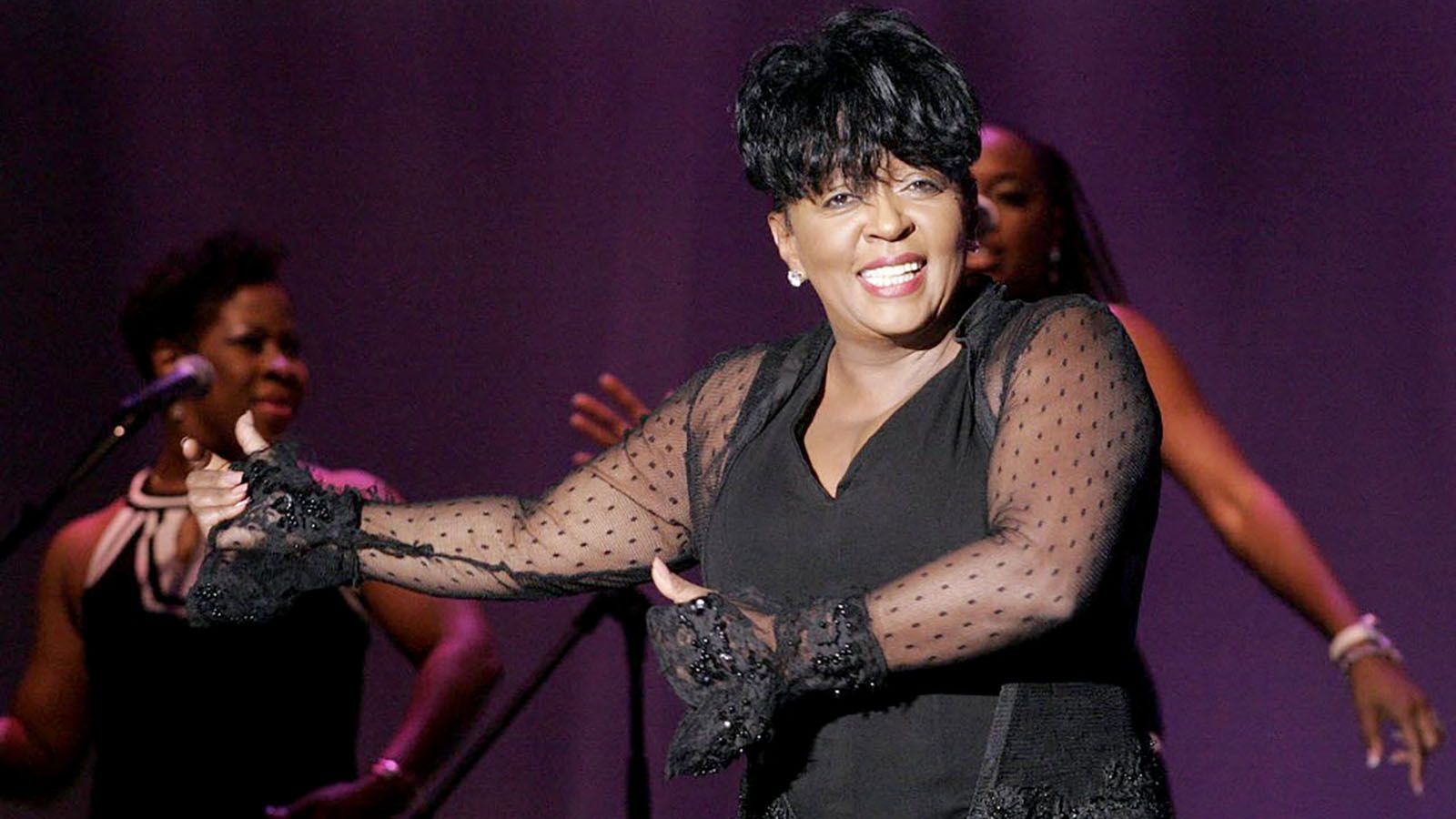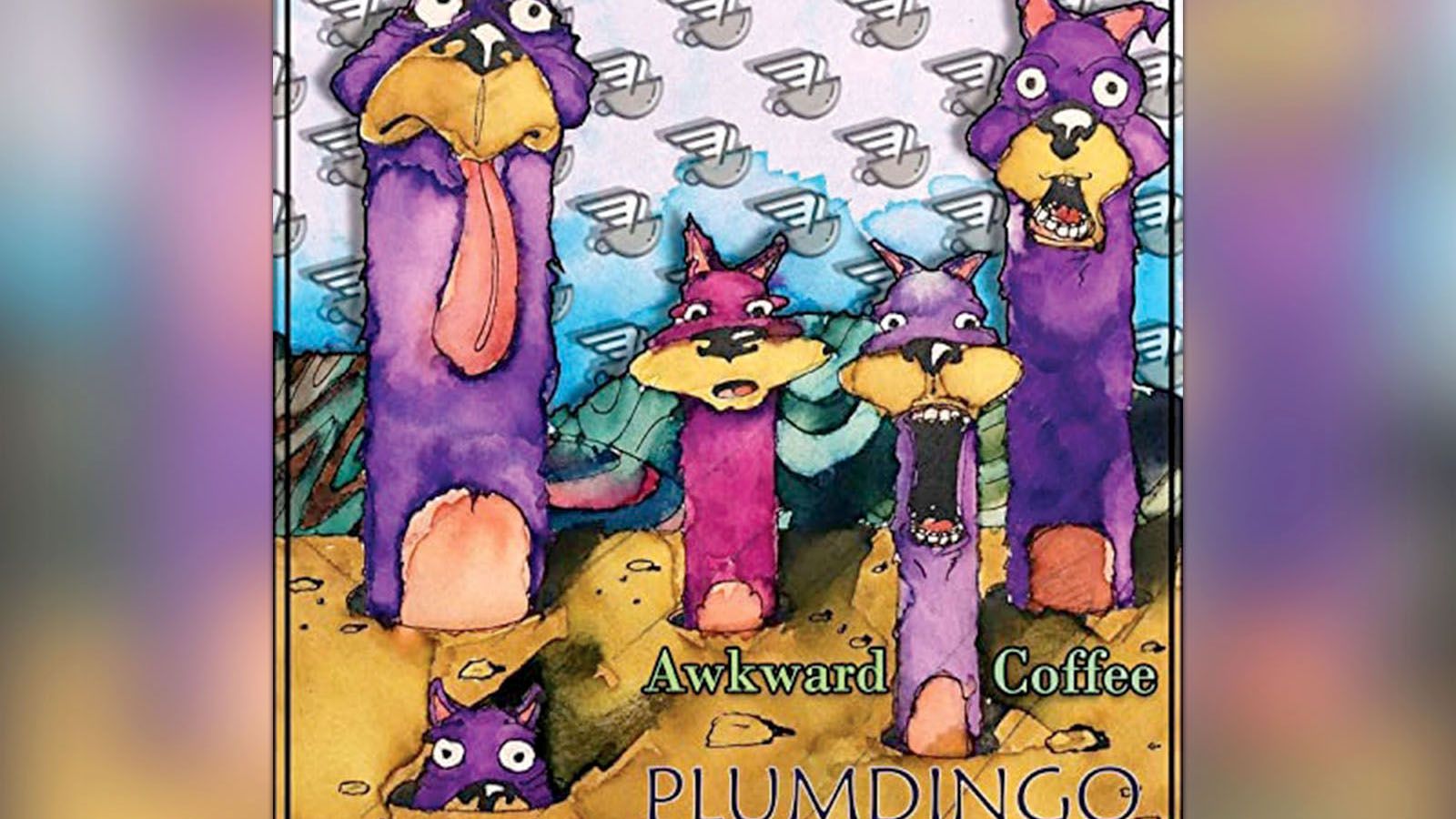Everybody knows who Pat Benatar is, so why does she insist, after 35 million albums sold and all her successes, in getting co-billing for her husband, guitarist Neil Giraldo?
Benatar lays it out in her 2010 autobiography Between a Heart and a Rock Place: “Without Neil Giraldo … my career would not have happened. I’m not saying that I wouldn’t have had any success as the pop princess Chrysalis (their record label) wanted. But I never would have succeeded to the degree I did, made strides for women, been part of the eighties rock movement, had my face on MTV, won four Grammys, sold millions of records, and still been around thirty years later without the genius and heart of that man.”
Now it’s 12 years later: Benatar and Giraldo are celebrating their 40th wedding anniversary. They’re doing everything on their own terms. And this very year, Benatar and Giraldo will be inducted into the Rock and Roll Hall of Fame as a duo.
You’ll get the chance to see this duo perform live at the Sweetwater Performance Pavilion on June 19.
Evolving Together
It was in 1979 that Giraldo was introduced to Benatar by the record label artist and repertoire guys, tasked with creating a rock band. Benatar was already an accomplished cabaret singer with exceptional musical training; it was Giraldo that taught her to rock. Benatar had always wanted a band identity, whereas the record label insisted on marketing her as a solo artist.
Album after album, this band that never wanted to repeat themselves kept innovating, and it was Giraldo who was the de facto producer and arranger, though often not credited. His guitar and keyboards are on everything Benatar has recorded. They always made use of the best songwriters the record label and publishing companies brought to them, but Benatar and Giraldo worked steadily at writing their own songs, with contributions by drummer Myron Grombacher.
Listen to their hits with anyone who is a musician, and they’ll remind you that Giraldo’s guitar riffs are as memorable as Benatar’s singing. To this day, a lot of rock guitarists express quiet admiration for Giraldo’s powerful, yet concise and melodic solos. Listen to “Promises in the Dark” from 1981, a song that Benatar and Giraldo co-wrote. It’s got great chord progressions and what Giraldo liked to call “cinematic” arrangement, something that takes you through contrasting moods and builds an evocative story through the music in just under five minutes.
But I don’t have to remind you that everybody was riveted by Benatar’s powerful stage presence and that exceptional voice, which can be earthy and gritty while effortlessly soaring across one of the widest ranges you have heard from any singer, from tenor at the bottom up into the high soprano register. She’s always made sure she has something she wants to say with her lyrics as well, taking a feminist stance and using it to conquer hard rock and pop alike.
Listening to their catalog, you get the impression they were fortunate never to be pressured into recording a song they didn’t believe in.
Rise to Fame
Roaring out of the gate in 1979 with the song “Heartbreaker,” the band’s rise was dramatic. There were female singers in rock and pop, but this distinctive, direct and hard-hitting sound crafted by Giraldo made Benatar stand out. They developed a penchant for taking songs written for pop and rocking them up: listen to “Hit Me With Your Best Shot,” which hit the top 10 on the pop charts in 1980.
Later that year, they had the presence of mind to shoot a short promotional film of them performing “You Better Run,” a cover of the Young Rascal’s 1966 song.
That’s historic because it was the second video aired on a new cable TV network called MTV. It was played in heavy rotation for months because, well, MTV had not had many videos submitted to them yet.
In 1982, they pushed their sound forward into the electronic, recruiting synthesizer player Charlie Giordano. “Love Is a Battlefield,” a studio single from their 1983 live album, moved the line between hard rock and pop, absolutely ruled MTV, and inspired a generation of young girls. (You remember Jennifer Garner singing along in the 2004 movie 13 Going On 30, don’t you?) A lot of artists copied that sound. If you go to the Rock and Roll Hall of Fame Museum in Cleveland, you can see Giraldo’s drum machine that he used to program the beats. Their 1985 single “Invincible” bookended that style and remains a concert favorite.
Five platinum albums in the U.S. and four Grammy awards along, the pair had their first child in 1985, and managed to keep the music business machine rolling. But they saw even less need to follow a formula.
Their 1991 album True Love saw them playing homage to jump blues, bringing in a horn section.
With the birth of their second child in 1994, it was clear that parenting was as important as making music, and they slowed the pace. Their independent 1997 album Innamorata brought in elements of acoustic folk.
Having nothing to prove, in the last 25 years or so they’ve made the music they want to make on their own terms, doing only brief tours each summer. That’s what brings them to Sweetwater.
At a time in life when other classic rock performers are practically expected to augment the band with percussion, extra guitars, keyboards, and backup singers, Benatar and Giraldo are having none of it. Their stage performance is more stripped down and direct than it’s ever been: just the two of them with longtime sidemen Mick Mahan on bass and Chris Ralles on drums.
The four of them just turn it up and go for it. That’s what we hope to see June 19.
 Submit Your Event
Submit Your Event